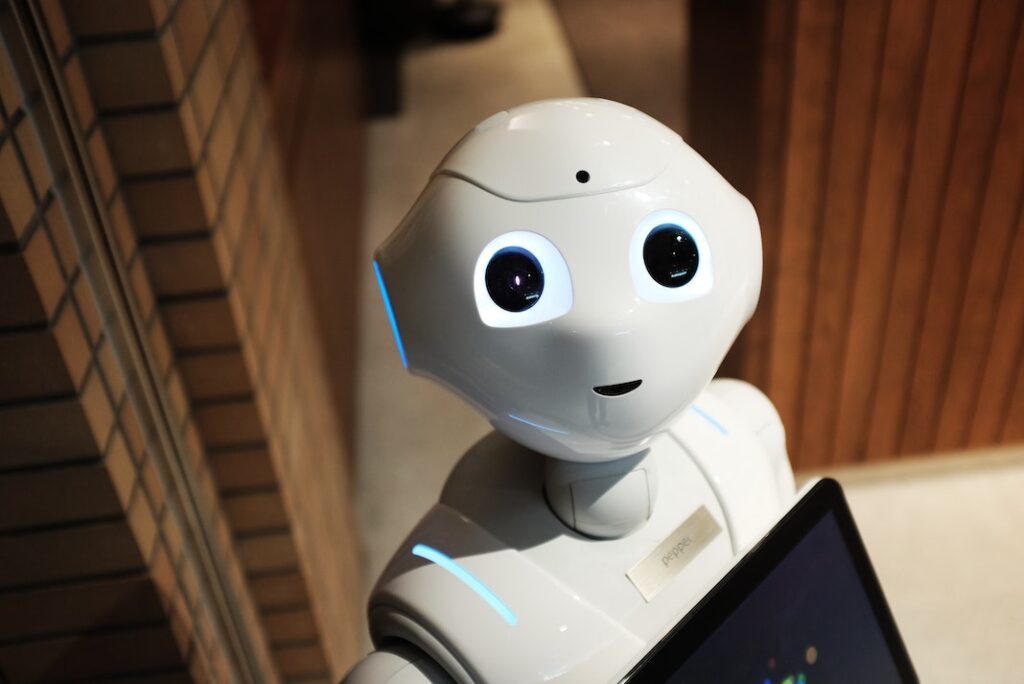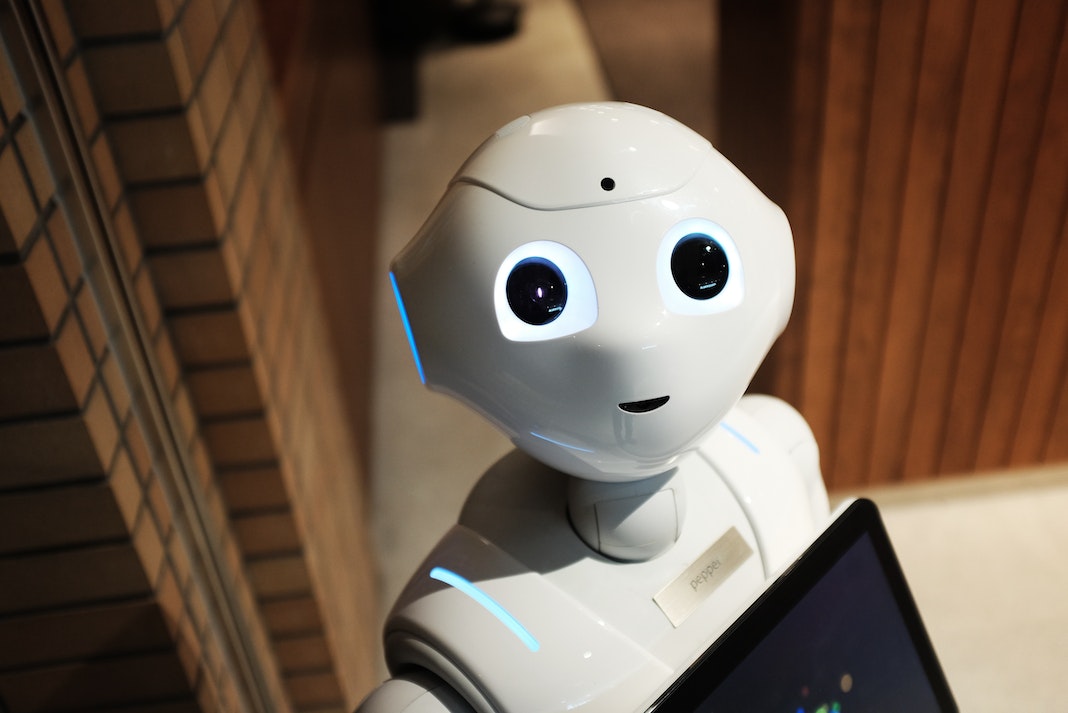It is true that with the advancement of AI content creation tools, it is becoming increasingly difficult to distinguish between human-written and AI-generated content. This can lead to concerns about the spread of misinformation and the potential for AI-generated “fluff” to dominate search results. However, it is important to note that not all AI-generated content is flawed. Google’s recent algorithm updates, aimed at combating this issue by promoting high-quality content. In the future, it may become harder to tell the difference, but currently, there are ways to identify AI-generated content.
Artificial intelligence (AI) has advanced to the point where it can create indistinguishable content from content created by humans. This can be a problem because it is becoming increasingly difficult to tell whether something we read online is real or fake. In this article, we will discuss four ways to identify AI-generated content.

Also Read: Read This Before Using ChatGPT- Know Why You Should Not Use ChatGPT
#1. Giant Language Model Test Room
GLTR analyzes the text and provides a probability score on whether the text was written by a machine or a human. The tool uses advanced natural language processing techniques to analyze the text and identify patterns. Patterns that are characteristic of machine-generated text. Additionally, it offers a visual representation of the text, highlighting portions, more likely written by a machine.
Moreover, GLTR also has several other features that can be useful for identifying AI-generated content. For instance, it can identify text, generated using a certain language model. For instance, GPT-3, a cutting-edge AI language model created by OpenAI. Additionally, it recognizes text written with a specific type of AI. Such as a neural network or a deep learning model.
Although, GLTR (Grammatical Linguistics Type Recognition) is a valuable tool for detecting AI-generated content. And it can quickly scan and analyze a given text. It also gives an estimate of how likely the content is produced by an AI. However, it is not foolproof and should be used as a guideline to make an informed judgment.
Also Read: ChatGPT: What Is It & How To Use It?
#2. Look for a lack of emotion
Another way to identify AI-generated content is to look for a lack of emotion. Despite the advancements in AI, it is still not capable of understanding or expressing emotions in the same way that humans do. This means that AI-generated content often lacks the emotional depth and nuance of human-generated content. For example, an AI-generated news article may report the facts of a story, but it will not convey the emotional impact that the story has on the reader. Additionally, AI-generated content may not contain personal anecdotes or opinions, which are hallmarks of human-generated content. The lack of emotion can make the content feel sterile and lacking in humanity.
Also Read: ChatGPT Becomes The Most Advanced AI Chatbot of 2023
#3. Check out Originality.AI
Originality is a content checker that uses advanced natural language models. It includes GPT-3, to detect plagiarism and determine if the content generated by AI. It is regarded as one of the best tools available for identifying content created by both ChatGPT and GPT-3.5. Although, it offers a price, starting at 0.01 per 100 words, making it a cost-effective option for professional and industry-level content detection. Originality checks production-level text and articles with unusually high levels of confident articles.
Also Read: 8 Future-Proof Technical Skills That Can’t Be Replaced By Robots And Automation
#4. Look for a lack of credibility
If the domain of a website seems unrelated to the content of the article, it can be a red flag for potential fake news or unreliable source. Additionally, checking the sources used in an article is important to ensure the information is credible. If an author does not use any sources or uses sources from questionable websites. It may indicate that the information is not reliable or the author is not doing proper research.
AI-generated content is becoming increasingly common and it can be difficult to tell whether something we read online is real or fake. By looking for repetitive patterns, a lack of emotion, a lack of originality, and a lack of credibility, we can begin to identify AI-generated content. And make more informed decisions about the information we read online. However, it is important to note that AI-generated content is getting more sophisticated and harder to detect. So it is always better to fact-check and verify the information.
Also Read: ChatGPT: Why this Extraordinary Artificial Intelligence Chatbot Is In News Recently?
Final Verdict
To sum up, It can be challenging to determine whether an article was fetched by an AI. But using tools like GLTR (Giant Language Model Test Room) and Originality can help. Keep in mind that AI is constantly improving. And the line between human and machine-generated content may become increasingly blurred in the future. However, for now, it’s still possible to identify AI-generated content with a combination of these tools and your judgment.


































